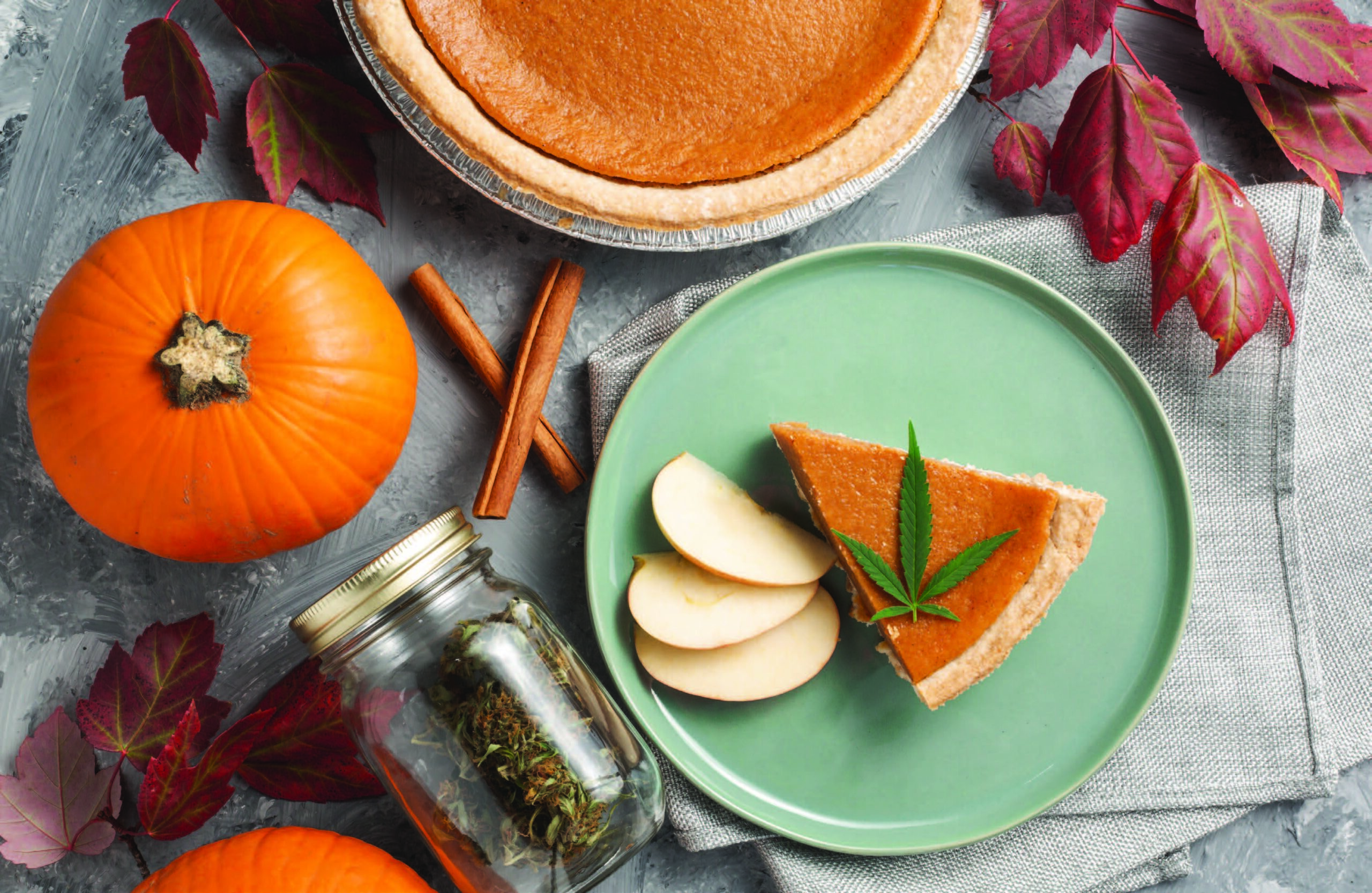I don’t really write very often about my own brewing practice, what I brew, how I brew, when I brew, etc. Mostly because I think it’s kind of nerdy, but also because I’ve never really felt like I’ve had the brewing chops to give anyone advice other than, “well, I like to do x, y, z,” which isn’t really advice and it didn’t really come from a place of confidence. I think the thing that changed that is brewing a lot, and brewing as simply as I could. The result, even without a lot of fancy gear, or fancy ways of controlling every aspect of the brewing process, was still a good, clean, drinkable beer. Now, this isn’t going to be an intensive seminar on brewing, but a quick beginner’s guide on how to start brewing an original beer with some confidence.
The way most people get started home brewing is with clone recipes. The basic idea is, there’s a beer you’ve tried, can’t get it easily in your neck of the woods, so you either come up with the recipe for how it might be made, or you find a recipe for it online. If you’re producing the recipe yourself, the best way to start that I’ve found is with the amount of alcohol I want in the final beer. This is a pretty easy step. How many gallons are you brewing? Multiply that times two, and that’s approximately how pounds of base grain you’ll want for a 5.5 percent ABV beer. (base grains are filled with easily fermentable sugars, two row, pilsner malt, pale malt, etc.). For every .5 percent higher alcohol, add 10 percent more base malt. Boom. It’s really that easy.
Then I move on to the color of the beer. The color of the beer is the easiest part to nail as far as style goes. Are you brewing a stout? You’ll want around 10 percent dark roasted grains (chocolate malt, caramel and crystal malts with a high Lovibond, roasted barley, Black Malt, etc.) and that is solely for color (it also gives the stout it’s roasty flavors, but that’s the next part). That is your end point, more than 10 percent of roasted grains isn’t going to make your beer any darker. Take everything back from there: less dark malt, less color. And remember, different roasts impart different colors. A chocolate malt or roasted barley in low doses will impart more of a brown; caramel or crystal will impart more of a reddish hue. (And if you want to get even more sly, you can just steep the dark grains in your kettle to impart the dark color, without adding a lot of the other characteristics of the grain to your final brew). And lastly, the darker the roast, the less fermentable the sugars in the beer will be, which means, more flavor and sweetness, less booze.
The next thing I go to is hops. How do I want the hops to influence my beer? Do I want a lot of bitterness? Do I want hardly any bitter at all? Do I want “juicy” hop flavors? This is all in the timing of the hops, and the variety of the hops themselves. Hops are added when you’re boiling the sugar water you’ve extracted from your grains. Deciding on bitterness level is pretty easy: Early additions means more bitterness. If you don’t want any bitter notes, you can skip any early hop additions and just add some hops in the middle to end of your boil. Hop variety, on the other hand, is a little more complicated. A lot like apples, each hop has its own different attributes that impart flavor unique to themselves. Knowing your hop varieties helps, but Google is way smarter than any brewer I’ve met, so don’t be afraid to Google a hop before picking it. And lastly, your juicy or aroma-driven hops are added last, and in larger quantities than the hops at the beginning.
The last, and most difficult part for beginners, is the yeast. It takes a lot of work to maintain temperatures that lead to good beer. I think the best advice is from the Beastie Boys: Slow and low, that is the tempo. The lower the temperature, the slower the fermentation and fewer flavors imparted by the yeast. This applies to all strains and styles of yeast. At higher temperatures, all yeasts will produce wild flavors. So if you want banana and clove and black pepper flavors, by all means, let those bad boys rip as hot as they’ll get. But if you want a nice neutral yeast presence in your beer, shoot for the 60s for an ale, and 50s for lager (but that’s just a guideline; ales can ferment in the 50s and lagers can ferment in the 60s and both can be still be solid beers).
Wow, I can’t believe that I just wrote that much about a hobby. Might as well have been talking about Dungeons and Dragons or something. Man, I’m such a nerd. Someone push me into a locker, steal my lunch money, or something. I promise we’ll talk about how to throw up in public or something cool next week.
Robert Alan Wendeborn is a former cellar operator at Ska Brewing and current lead cellar operator at Tin Roof Brewing in Baton Rouge, Louisiana.













